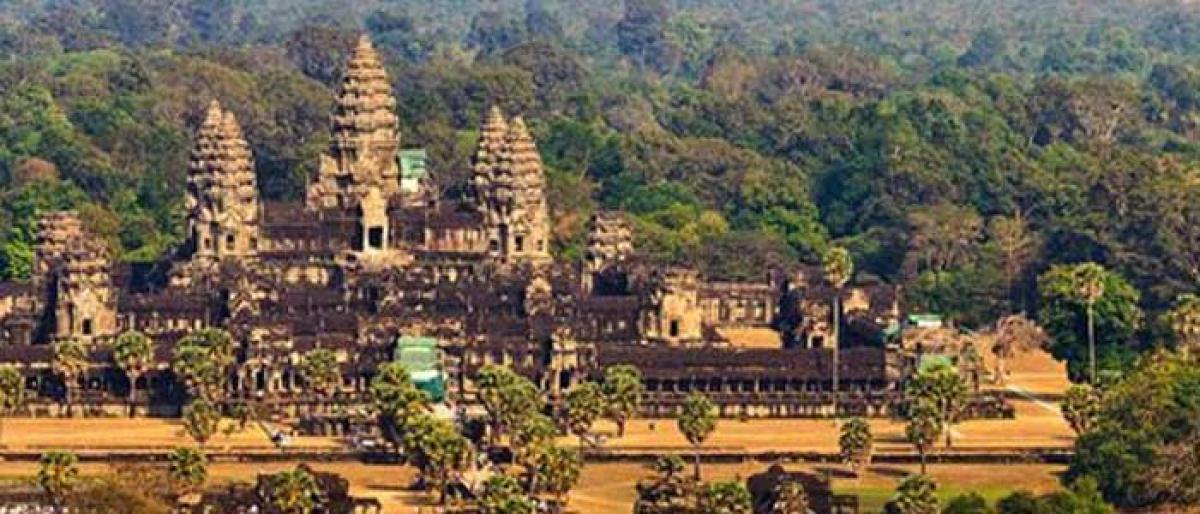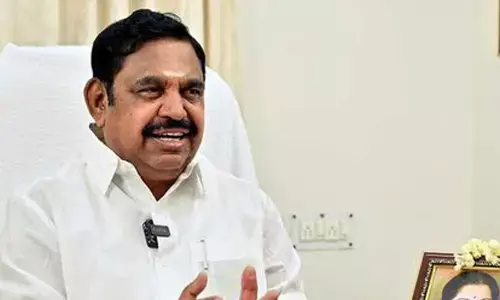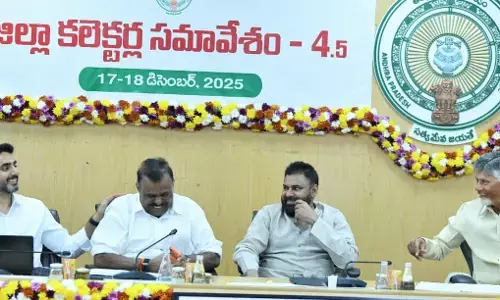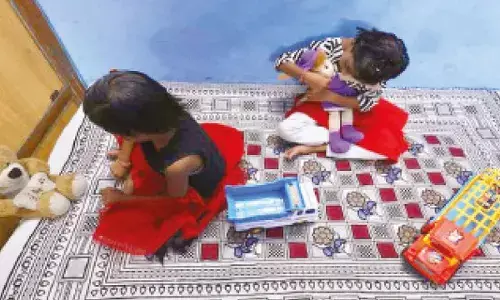Why Indian history needs to be reoriented

In 1974, I was in my final year in school in New Delhi and I remember this incident clearly. On May 4, the lead editorial in the newspaper that came to our home was on The Siege of Seringapatam. The editorial extolled the virtues of Tipu Sultan whose 175th death anniversary it was on that day. The piece left a deep impact on my mind: here was this short, determined man who as ruler of Mysore would
In 1974, I was in my final year in school in New Delhi and I remember this incident clearly. On May 4, the lead editorial in the newspaper that came to our home was on The Siege of Seringapatam. The editorial extolled the virtues of Tipu Sultan whose 175th death anniversary it was on that day. The piece left a deep impact on my mind: here was this short, determined man who as ruler of Mysore would not allow the British to expand their territories in south India and used all his resources and wit to resist them till he was killed on the battlefield. He had even sought an alliance with the French and surely if there were a few more Tipu Sultans, the history of India would have been different.
A quarter century later in 1999, I had shifted to Bangalore for employment. Living in Tipu land, the natural expectation was grand celebrations of the 200th anniversary of the ruler. But to my dismay, I saw no signs of any celebrations – save a stray function or the other by Muslim organisations in Mysore.
By now I was puzzled and mighty confused as well: how come this hero who opposed the English so stridently and whose favorite toy was a mechanical tiger straddling an English officer even as the victim shrieked in terror, was not being remembered at all? I decided to check with Dr Murthy, a retired civil surgeon who besides being landlord also lived in the ground floor of the house I resided in. Dr Murthy was shocked at my question: “Why should we celebrate him?
He was a terrible fellow, he killed my ancestors,” the good doctor said matter of factly. Now more confused I sought more local opinions. Unfortunately, however, I did not get a very favorable response. It was clear that the Tiger of Mysore was not a Tiger in modern day Karnataka. Where else he might have been? Mind you this at the end of the last century, when the right wingers had not moved in centre stage, which means that this opinion was not being driven by the agenda of any political formation.
The burden of relating all this is to point out why 70 years after Independence there is a need to relook at our history which may have been written with a particular purpose in mind. True enough, it is not simple to cast a powerful and complex character like Tipu who was a great forward-looking ruler, administrator, reformer and military commander rolled into one. He had made grants to many temples and restored some that had been destroyed by Hindu rulers. At the same time, he was a cruel man and perhaps an Islamic bigot for whom converting the conquered was an article of faith. Places like Goa and Malabar that fell to his sword witnessed this horror in large measure.
The effort should now be to portray Tipu correctly without bothering how he looks like. Perhaps, in the early years after Independence there was a need to skew history so that Tipu (who had been demonised by the English historians) looked completely secular in the interest of good Hindu-Muslim relations. While the need for good Hindu-Muslim relations cannot ever be overestimated, the truth should not become the sacrificial lamb.
Relooking at history does not mean rewriting it completely as some worthies seem to want these days. Outlandish theories have to be rejected immediately like that Taj Mahal was constructed not by Shah Jahan but by the Hindu rulers of Jaipur as a place of worship for Lord Shiva. This theory was floated by an extreme right winger named P N Oak in the 1960s who pronounced that Taj Mahal was originally built as a Shivalaya by Raja Man Singh of Jaipur but had been prevailed upon by the Mughals to hand it over to them.
No one took this theory seriously for decades but has been revived lately and finds many takers on cyber space. A few years ago, I had inquired about this issue from a (then) senior official of the Archaeological Survey of India (ASI) who was a right winger. But without batting an eyelid, the official said: “The issue has been settled a long time ago. The Taj is a mausoleum and was built for this reason.” P N Oak had many revelations including that Vatican was also originally a Shivalaya.
Talking of Taj Mahal, one is reminded of the Angkor Vat temple complex in Cambodia, which is 2,500 km from the Indian coast as the crow flies. Unmistakably, a work of Indian influence with tales from Ramayana and Mahabharata is etched on its walls; the locals call it Vishnuloka or the abode of the Lord Vishnu. Buddhist influences can also be discerned in the complex. Although in Indian history one learns about Taj Mahal, nothing is taught about Angkor Vat and the paramount Indian influence in South East Asia which is there for anybody with an open mind to see. A good example is the Amrit Manthan tableau displayed outside Bangkok airport where the Devas are shown extracting the elixir of life from the churning of oceans. The airport itself is called Suvarnabhoomi.
The Cholas who ruled from the 9th to 13th century had large parts of south India uptil Kalinga (modern day Odisha) under their control in their heydays. A powerful naval force, their empire extended to present day Malaysia, southern Thailand, Sri Lanka and Maldives. They could more than rival the Mughals although they came three centuries before them and with an efficient centralised administration and overseas trade were exporting not only goods but Indian influence abroad.
But the Indian history, as taught in schools and colleges, is Delhi and north India-centric. It dwells predominantly on the Mughals and the continuous invasions by hordes from central and west Asia all through the medieval areas. We learn about the numerous raids by the Mahmud of Ghazni but read nothing about the conquests of Rajendra and Rajaraja Chola and their glorious traditions.
We read nothing in schools about Indian influence across South East Asia including in Indonesia and its Hindu island Bali. The name Singapore itself is a corruption from Simhapuram.
In medieval India, many temples were destroyed by invaders and from the material thereof either mosques or some other buildings were reconstructed. This is the reality of history but the reality is not portrayed in history books to depict a secular past. But secularism is a modern-day concept, our ancestors knew nothing about this and we cannot fault them for not adhering to this.
The first mosque built in Delhi after the Islamic conquest was Quwwat Ul Islam mosque in 1193 in the Qutb Minar complex. The mosque was built after destroying 27 Hindu and Jain temples that pre-existed and any close observer can make this out from motifs and materials used. Indeed, an inscription in Persian on the north-eastern gateway makes this clear but history books are silent about this because we want to portray our ancestors as secular!
Incidentally, the opposition to revisit history comes from the liberals. The dictionary meaning of the word ‘liberal’ is a person who is willing to accept and tolerate views that are opposed to his. But liberals have metamorphosed to conservatives, who are the ones opposed to change of their traditional points of view. Liberals have to understand that times are a-changing, and revise their point of view.



















